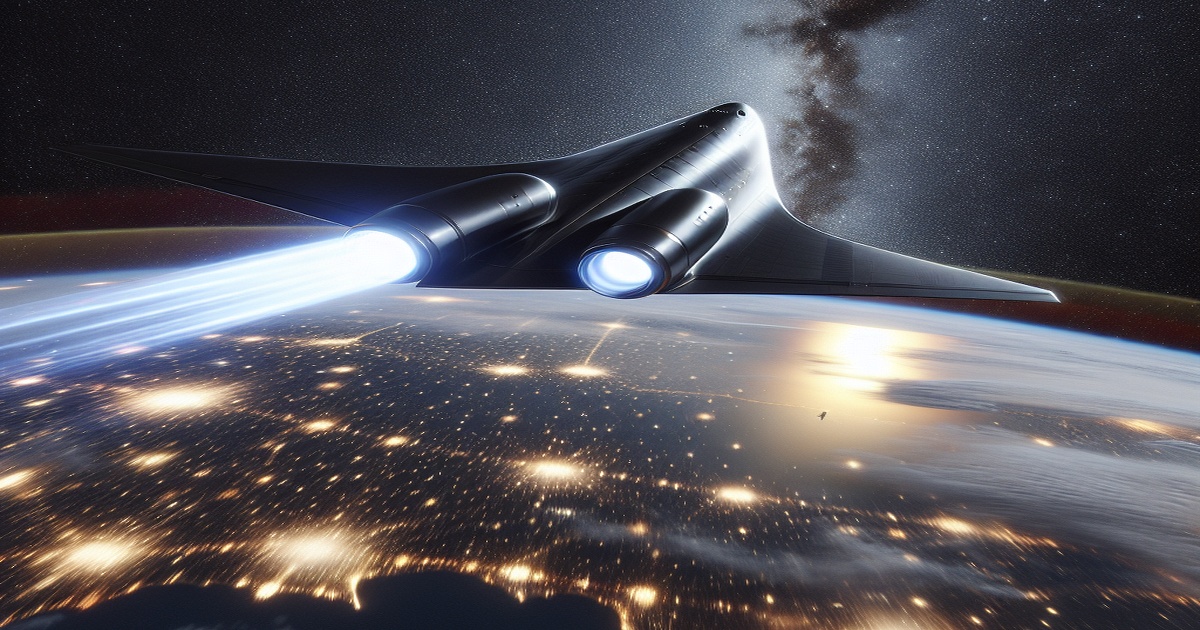A Reusable Spaceplane with Classified Missions
The X-37B is a reusable spaceplane developed by Boeing for the U.S. Air Force. It is designed to operate in low Earth orbit for extended periods, conducting experiments and testing new technologies. The X-37B has completed seven missions, with the most recent one lasting 908 days.
The X-37B project began in 1999 when NASA selected Boeing to design a reusable orbital test vehicle. The initial design was intended to launch from the cargo bay of a space shuttle, but after the Columbia disaster in 2003, it was redesigned to launch from a different rocket. The project was transferred to the Defense Advanced Research Projects Agency (DARPA) in 2004 and became classified due to its potential military applications.
The X-37B has conducted a variety of missions, including testing materials under space conditions, releasing small satellites, and experimenting with new technologies. The program is highly classified, and the specific details of its missions are not publicly known. However, it is believed that the X-37B could be used for intelligence, surveillance, and reconnaissance, as well as for testing weapons systems.
The X-37B's seventh mission began in December 2023 and is ongoing. This mission is focused on experimenting with "future space domain awareness technologies" and analyzing the effects of radiation on plant seeds during spaceflight. The X-37B is also testing new maneuvers called aerobraking, which uses the Earth's atmosphere to slow the spacecraft down and change its orbit.
The X-37B program is a significant step forward in reusable space technology. The spacecraft's ability to operate in orbit for extended periods and return to Earth safely makes it a valuable asset for both military and scientific applications. The future of the X-37B program is uncertain, but it is likely that the spacecraft will continue to play an important role in space exploration and national security.
China has its own reusable spaceplane program, known as the Shenlong. Like the X-37B, the Shenlong is shrouded in secrecy. However, it is believed that the Shenlong has similar capabilities to the X-37B, including the ability to deploy and recover satellites. The Shenlong has completed three missions, with the most recent one lasting nine months. The Chinese spaceplane is seen as a potential competitor to the X-37B, and the two programs are likely to continue to develop in the years to come.







6 Comments
Raphael
“The X-37B represents the future of space exploration. Even if parts of it are classified, it’s hard not to admire its ingenuity.”
Donatello
“I support the project because it pushes the boundaries of space exploration while offering valuable national security capabilities.”
Michelangelo
“The ability to run long-duration missions shows tremendous engineering prowess and forward-thinking strategy.”
Leonardo
“The X-37B is a fascinating step forward in reusability and space technology; it’s amazing to see innovation that could protect our nation.”
Raphael
“As much as secrecy can be worrisome, having a spaceplane capable of testing new technologies benefits both defense and scientific research.”
Katchuka
“Classified missions may raise questions, but they also protect cutting-edge innovations from those who might misuse them.”